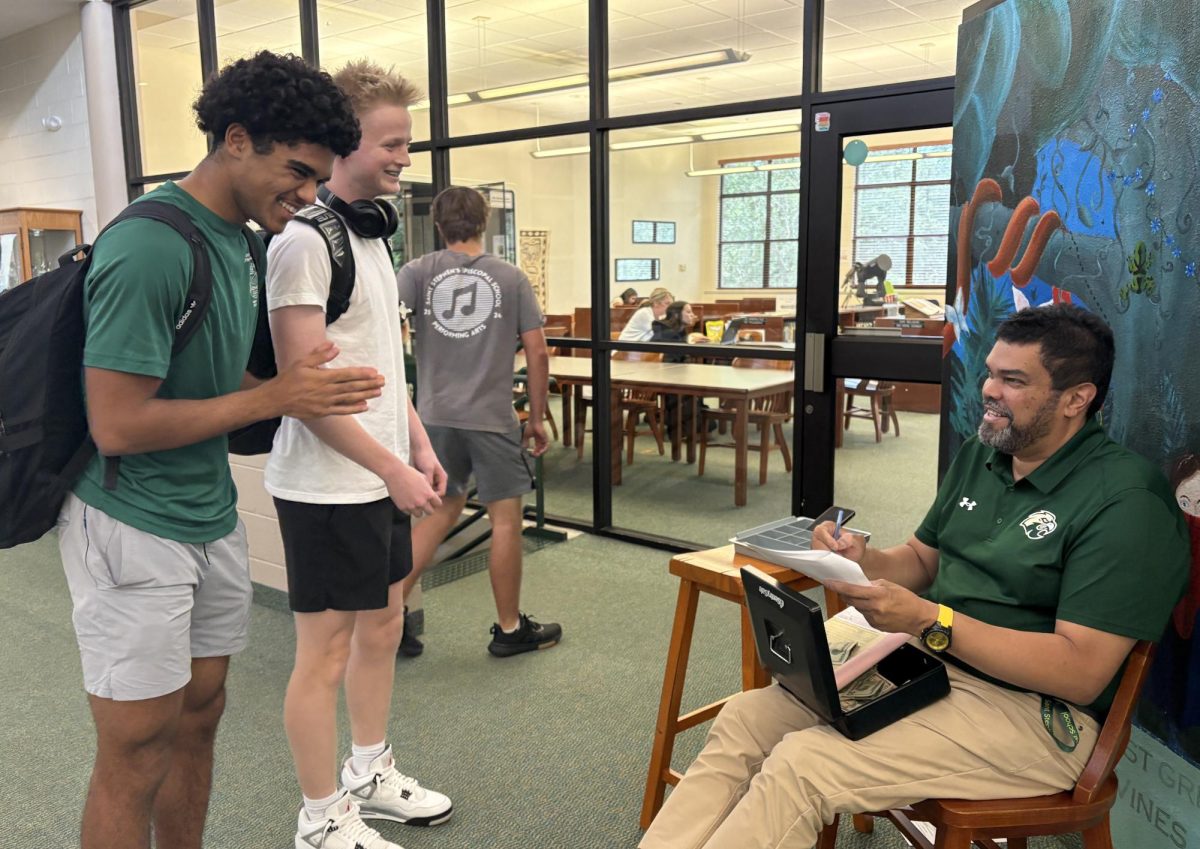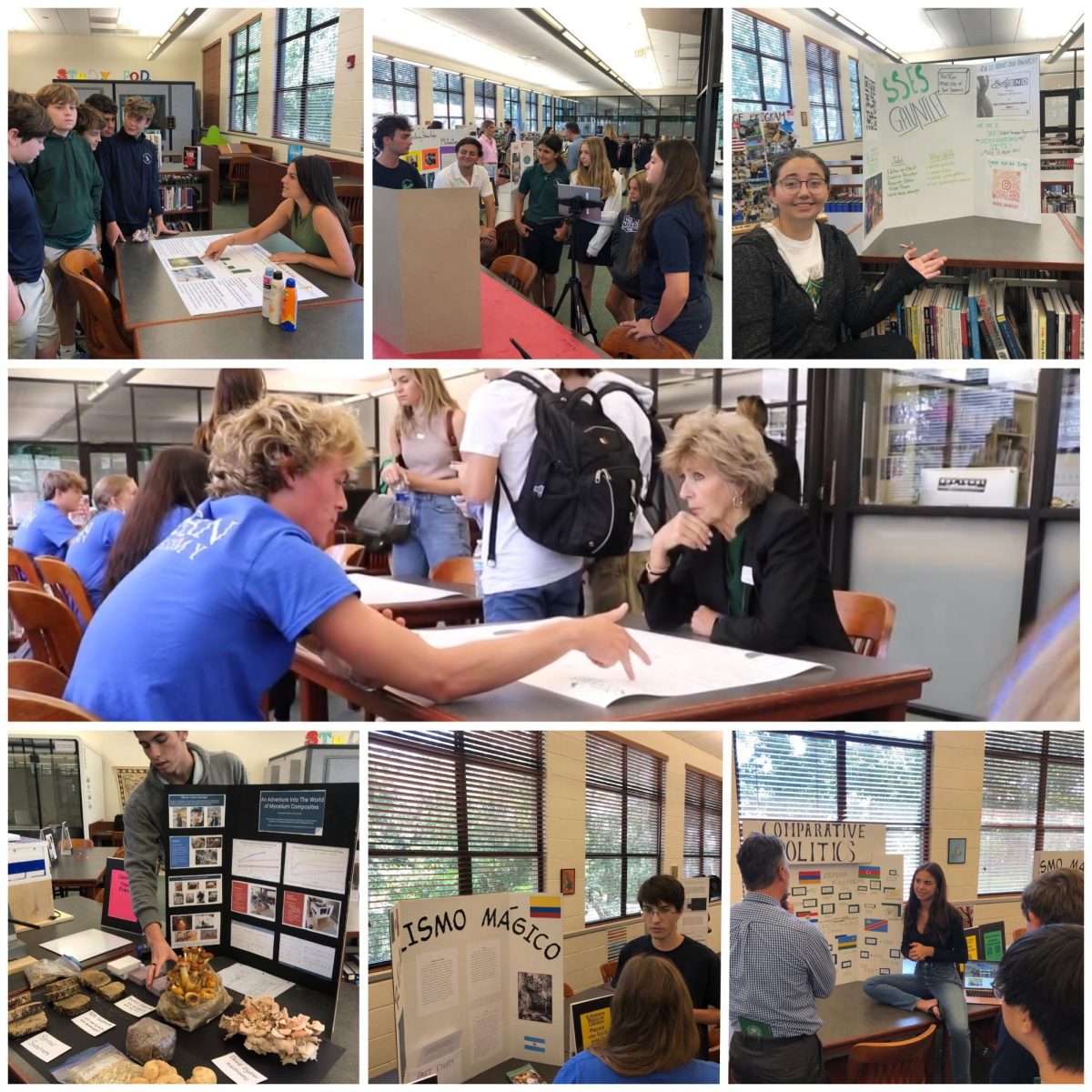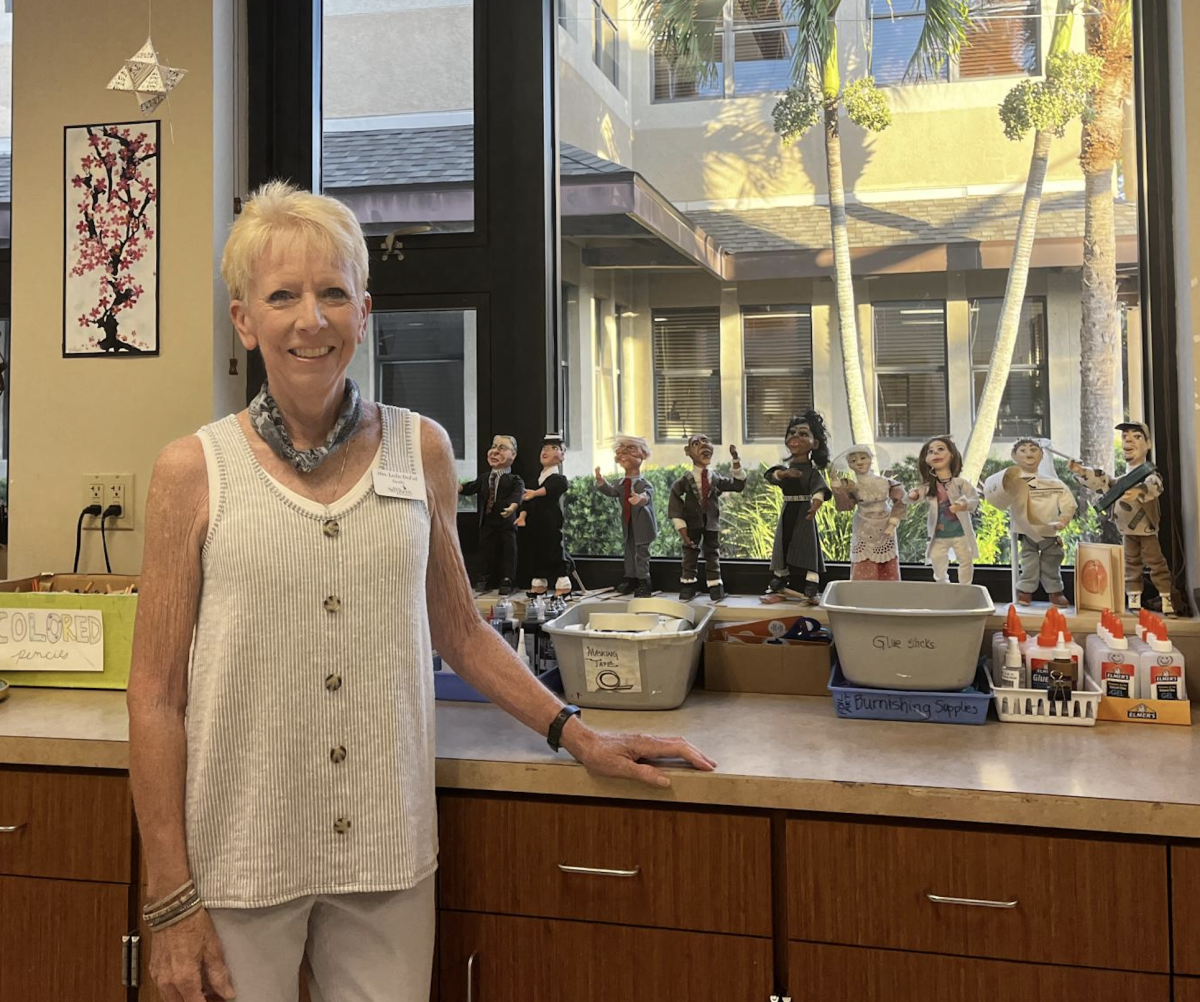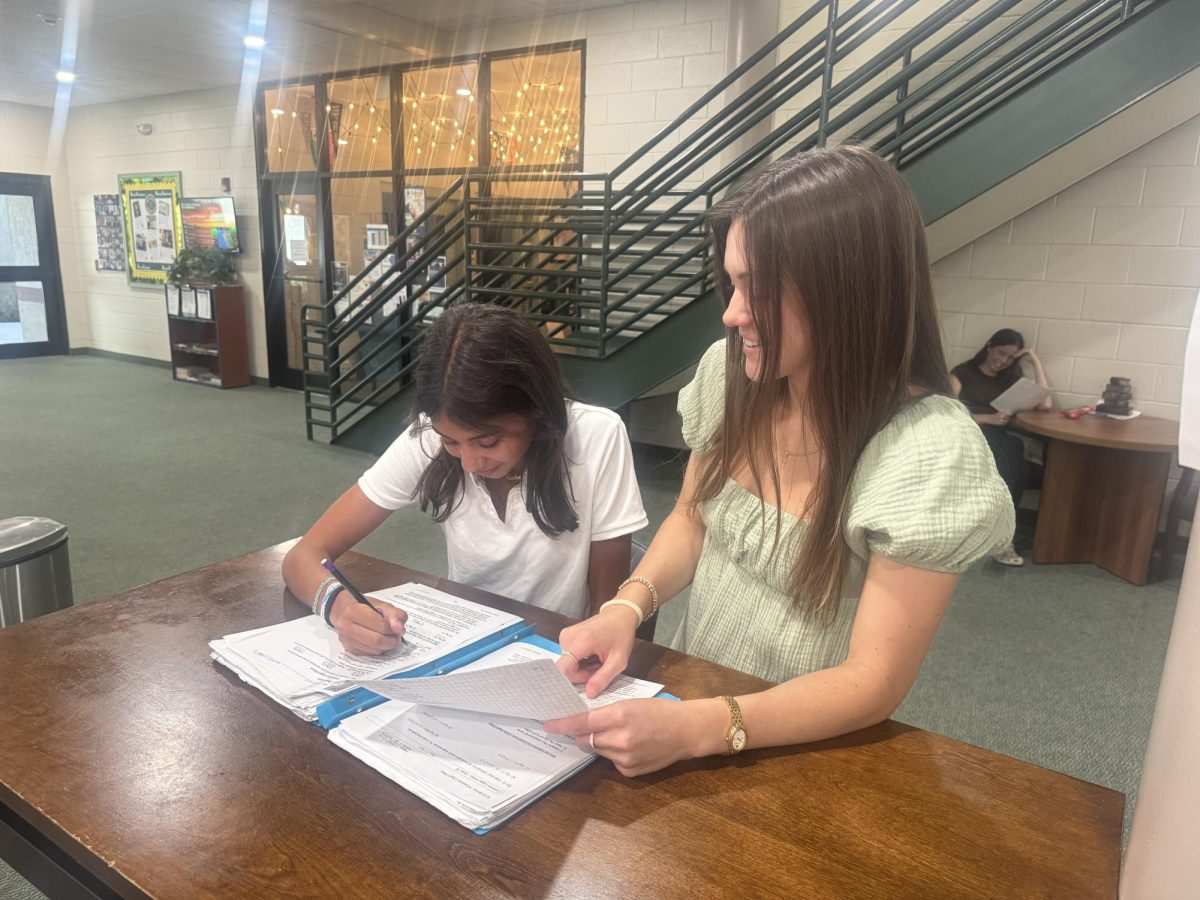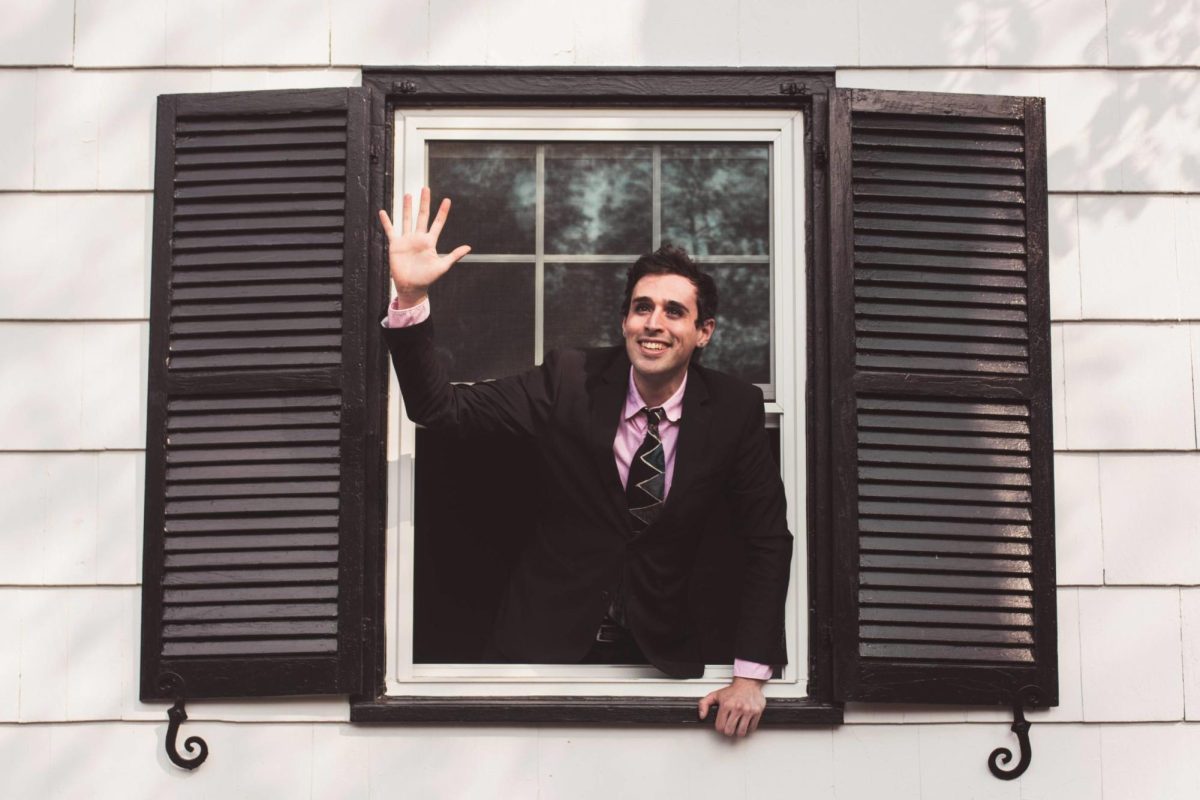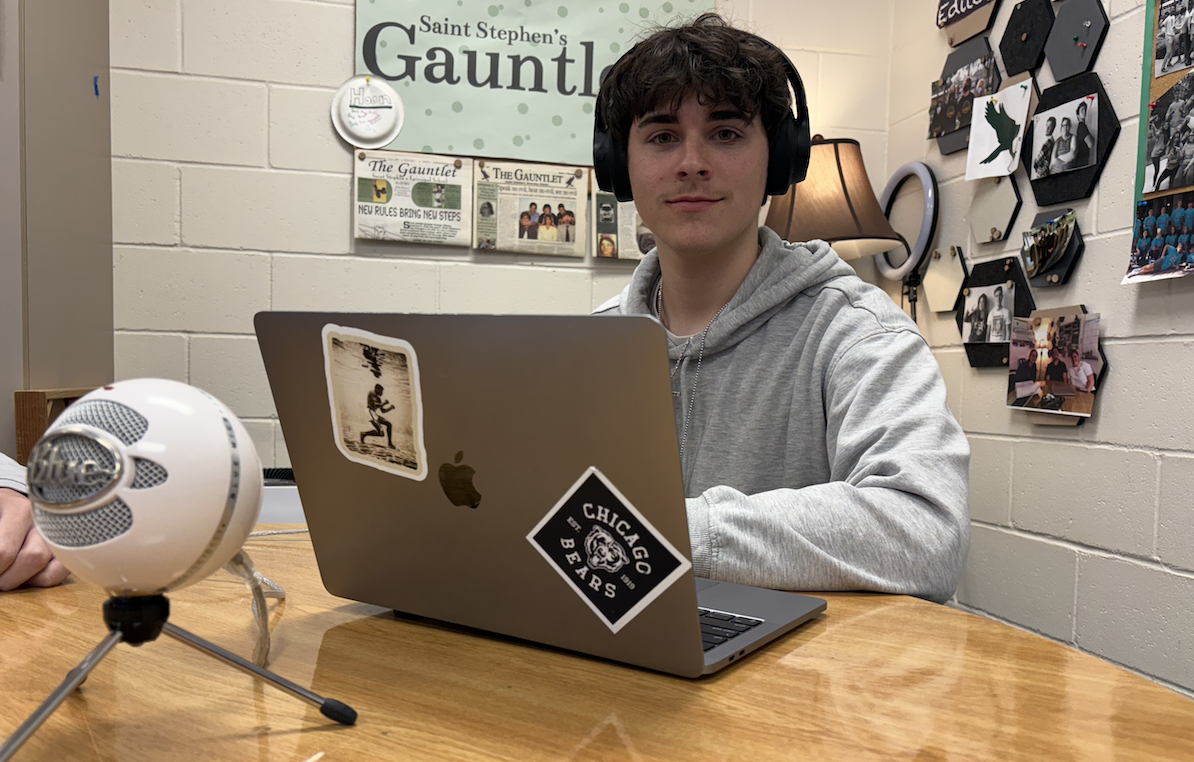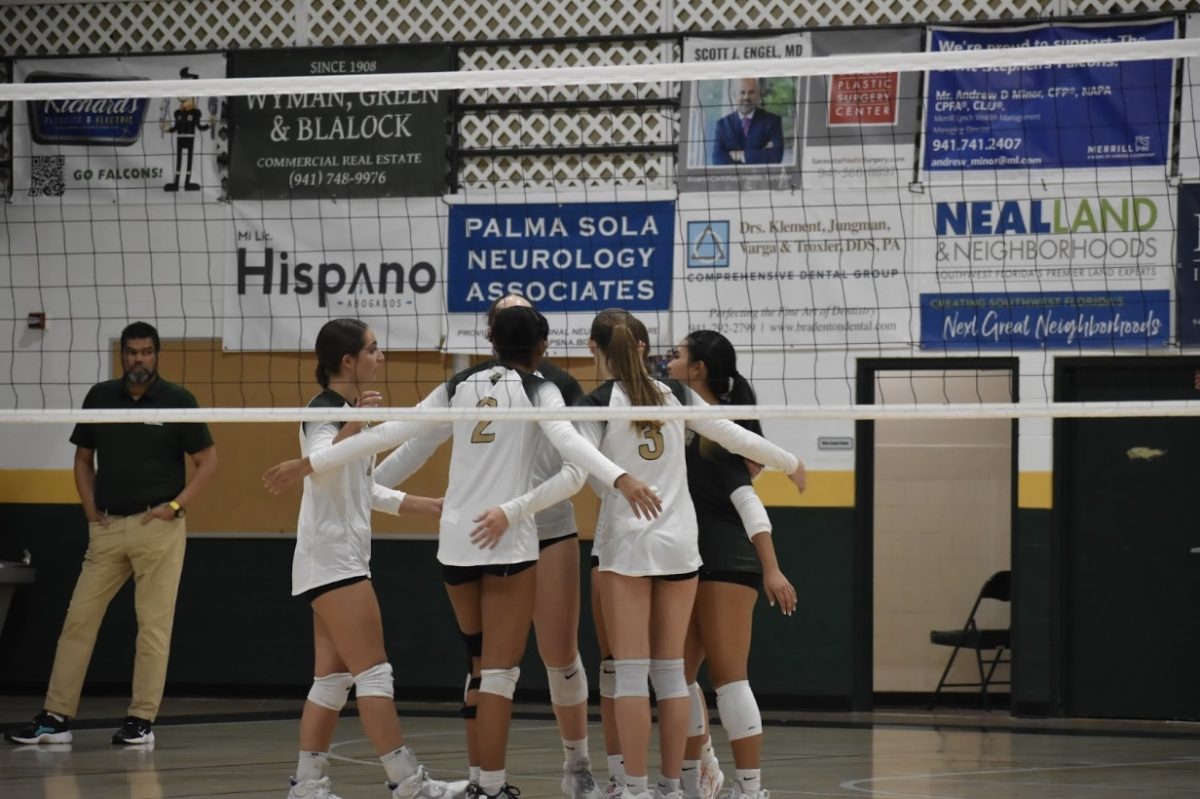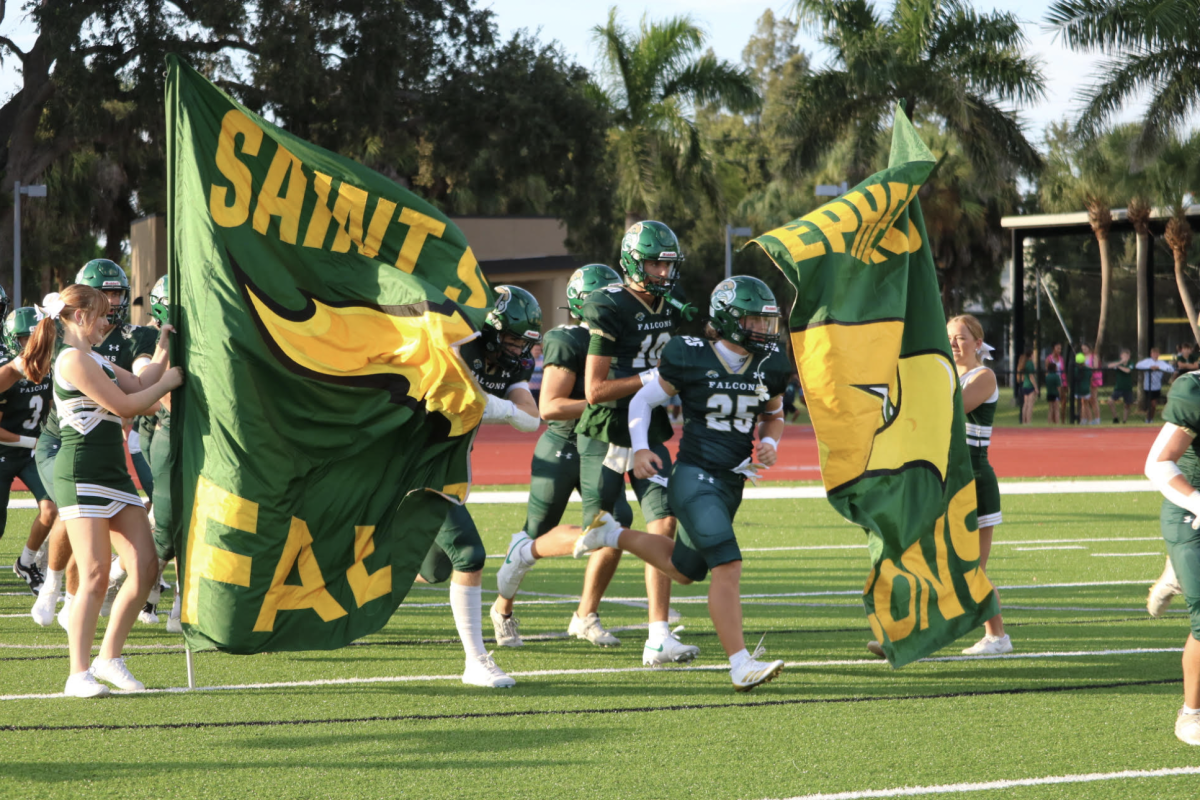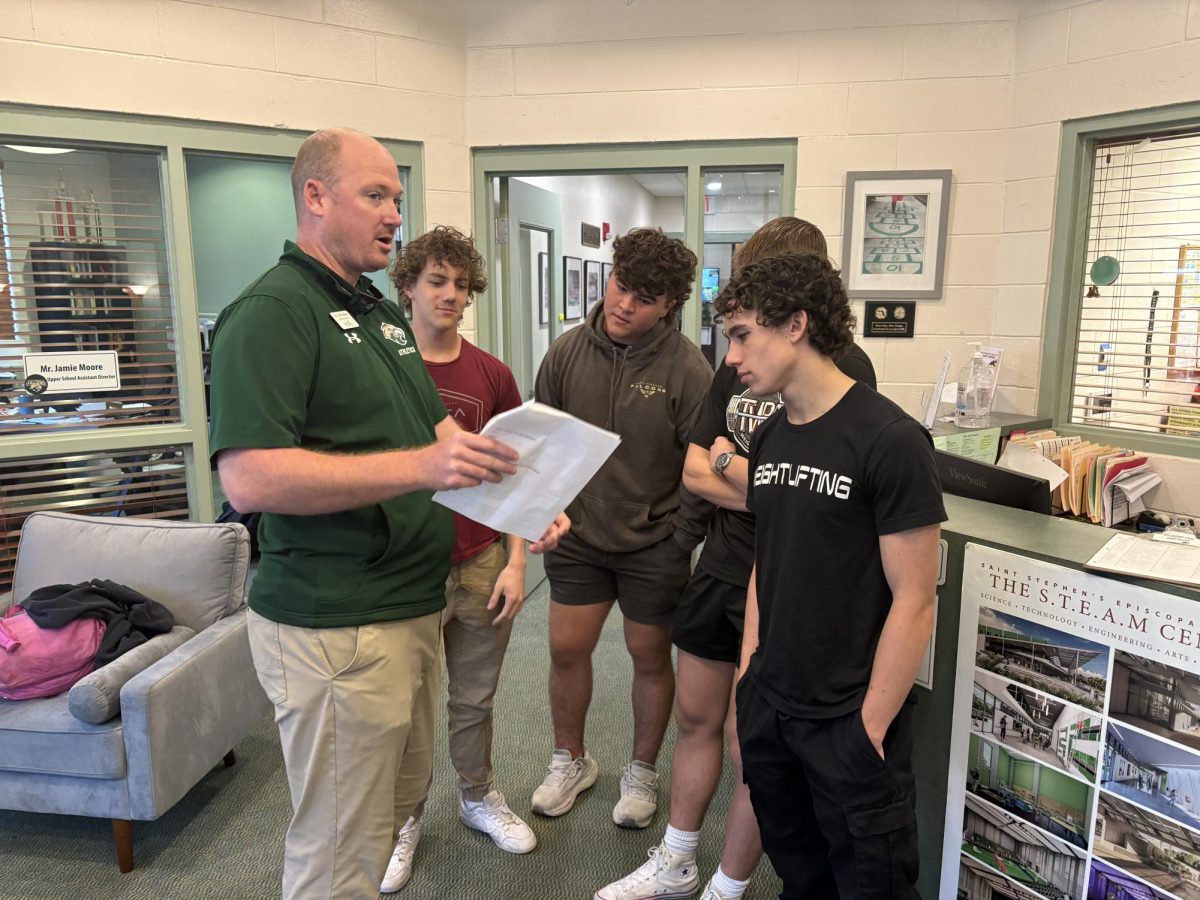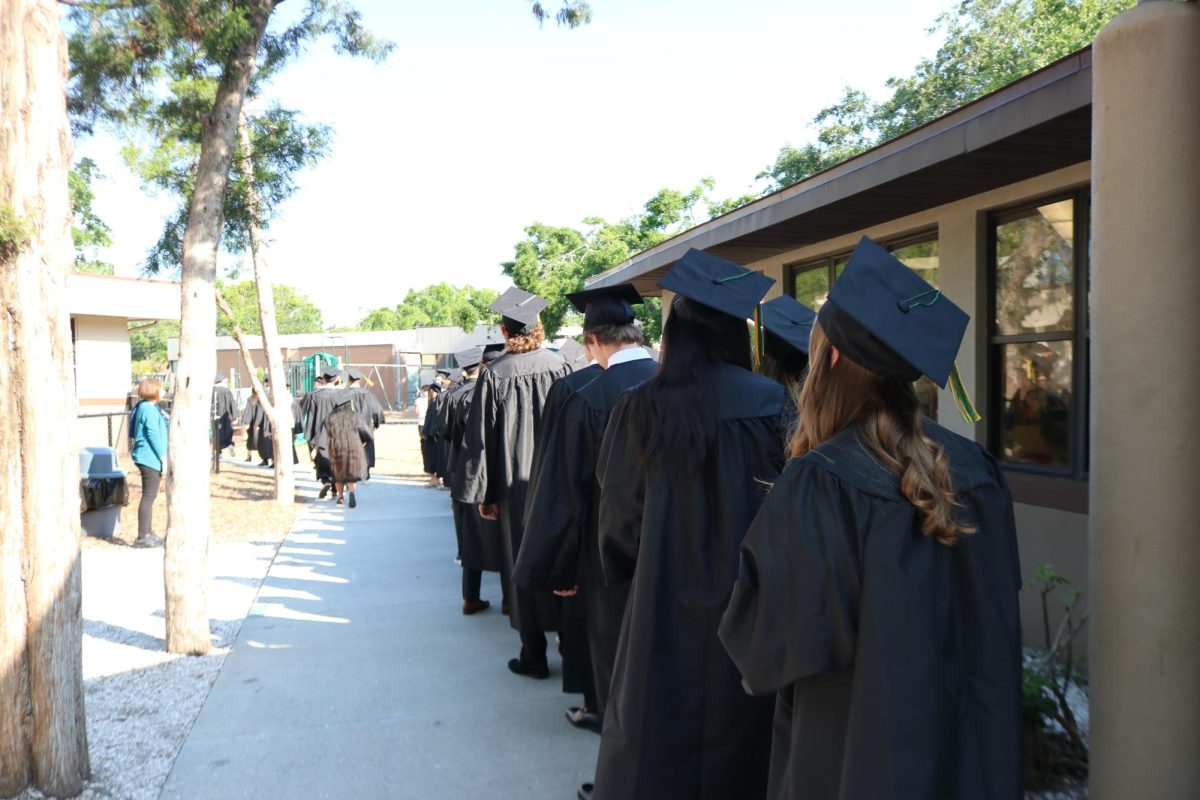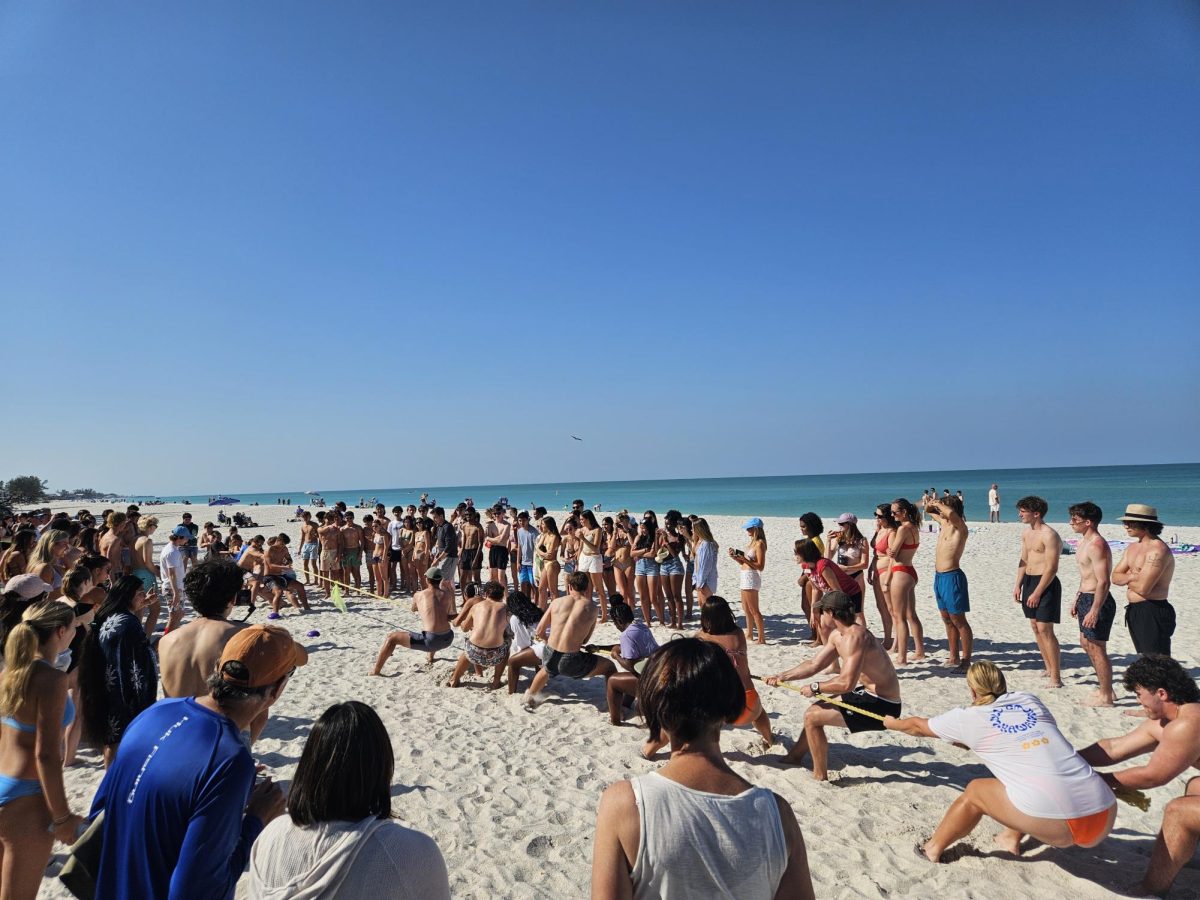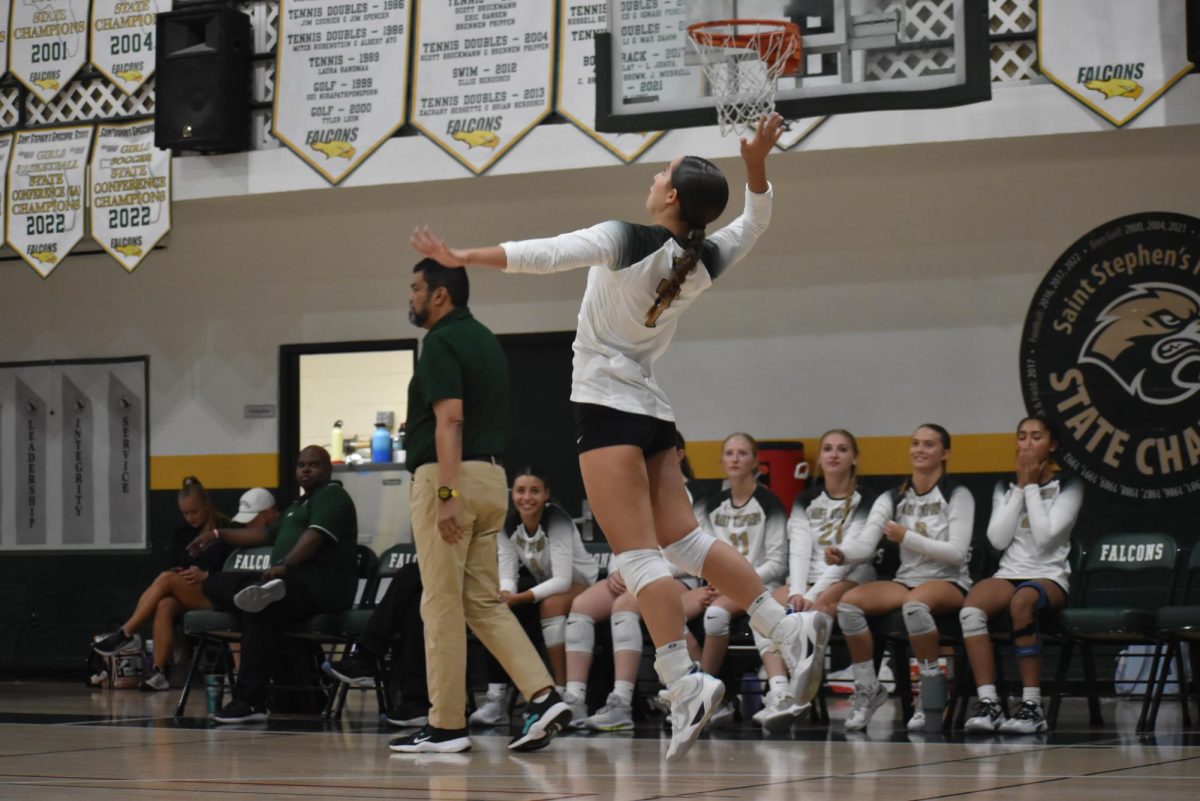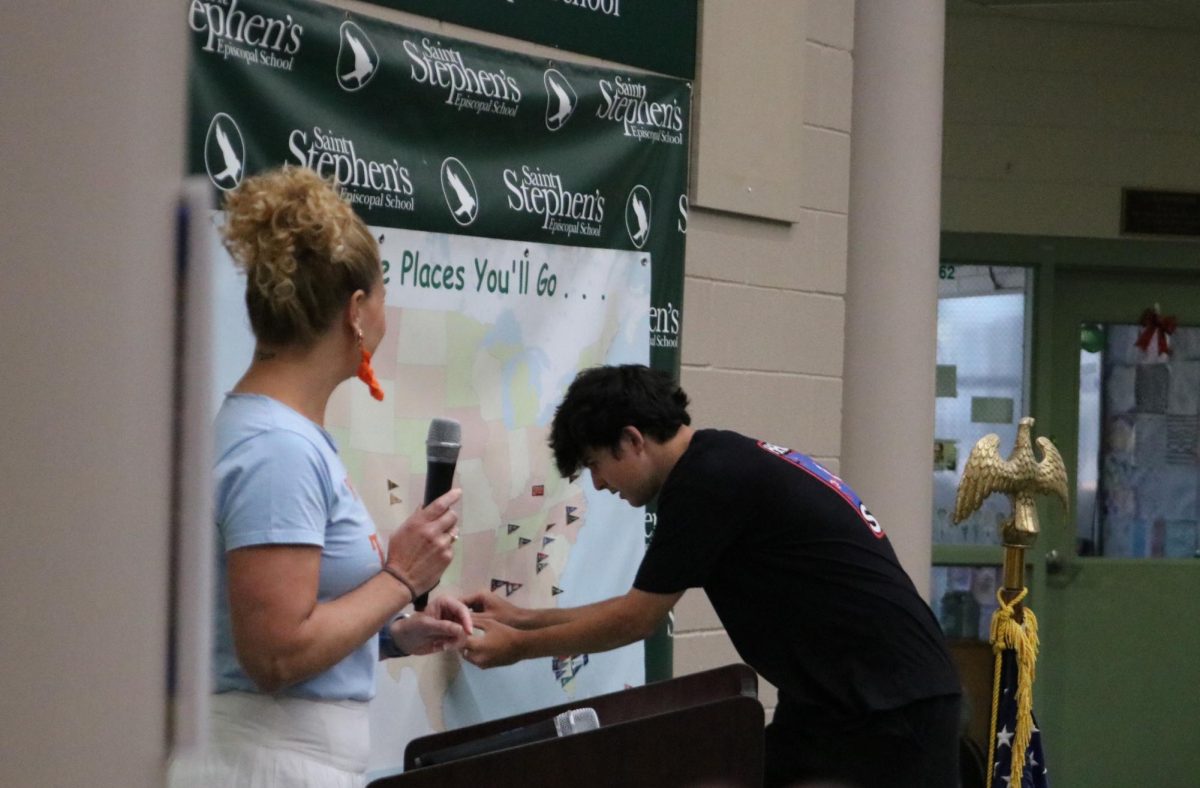How much is too much?
As schools transition to remote learning, and assignments and communication methods between teachers and students change, some students are wondering if the work is becoming too much.
When it comes to remote learning, how do teachers really know how much is too much?
The last month has been turbulent, for students, teachers, and families alike. The COVID-19 virus has caused uncertainty in our lives and drastically changed the way our society functions.
In light of that, it has been imperative that everyone adapt to working “remotely” at home. Whether that be parents away from their offices or kids away from school, everyone has been struggling to find their way in a new, less-structured environment and to get all their work done.
With this change in mind, students know how hard all the faculty are working to keep everyone on track with their studies and we are truly grateful for their generosity.
Since the Saint Stephen’s community has only recently started working from their homes, and the process is very new, it is extremely important that the students and teachers function in tandem (communicating every step of the way), in order to allow each other room to reasonably adapt to the evolving situation.
As part of that communication, I feel it’s important to express my view: this transition is proving hard for me because there is too much work being assigned. ![]() Loading ...
Loading ...
According to a good number of my peers (I’ve asked plenty), there is a level of agreement that teachers, in the remote learning model, may be assigning too much work.
In fact, because the online model is new to them, they may even be unaware of just how much time and effort their classes (along with all others) are requiring of students.
In a poll of more than 50 students, 60% said there is “more academic work in remote learning” than in a usual week on campus. 25% said the workload is “about the same.”
Additionally, when asked to rate the daily “remote learning workload” from 1-5 (with five being “way too much”), 25% of students rated the work at a 5, 33% a 4, and 37% a 3.
Notably, that’s over 94% of students ranking the remote workload between 3 and 5, demonstrating that a majority are in agreement that the workload weighted more toward “way too much.”
Two days this past week, I timed myself doing classwork and I worked from 8:00 am to 5:00 pm with only a thirty-minute break. Another day, I timed the day’s work at 9:00am -7:00 pm with less than one hour not working.
Those are nine and ten hour days— of laboring at a computer.
Now, if you measure the amount of time that we are actually in class working on any normal day and compare remote learning work time to that, one can see a drastic increase in labor time.
Not only this, but the learning is different, in many cases, harder, without the actual teacher there. Students are being assigned work, which in some cases they have to teach themselves at home, or do on different technology, or learn new protocols, and these items can increase work time.
What’s more, learners have to handle the academics outside of a structured workplace (working at home is not as easy, people!).
The truth is, many are having trouble keeping up and it’s becoming stressful.
Now the issue of “too much work” hasn’t been universal. Some say that their workload isn’t crazy, and that’s perfectly believable. Not every teacher, class, or schedule is the same, so not everyone will have the same amount of work.
However, just because a few don’t struggle, doesn’t mean that the many aren’t.
In a section of our poll called “How would you describe your daily remote learning workload?” 40% choose “Substantial work; I finish around 6 pm.” 31% chose “A good amount of work; I finish around 3 pm.”
That’s a high number of kids that finish around 6 pm (assuming they started at 8 am, that’s too long a day).
Further, 16% chose “Way too much work; struggle to finish before the end of the night.”
When I started feeling the heavier burden of work during the first week of remote learning, I reached out to friends, wondering if this was only something that I was experiencing. Many I spoke to agreed that the workload (and work type) had increased to a stressful level.
I’d like to reiterate that the students understand that the process of transitioning to remote learning is hard for the teachers, too, worrying about the wellbeing of students and trying to make sure that they get all the information before exams.
In my view, during a time like this, more or even equal work to that which we’d have in normal school, is not the way to go. Now is a time when people need to be personally vigilant, focusing on health and wellbeing as well as academics, and that takes energy too.

Evanthia is a third-year Creative Director on The Gauntlet. She is a senior here at Saint Stephen's and likes drawing, playing Genshin Impact, and hanging...

